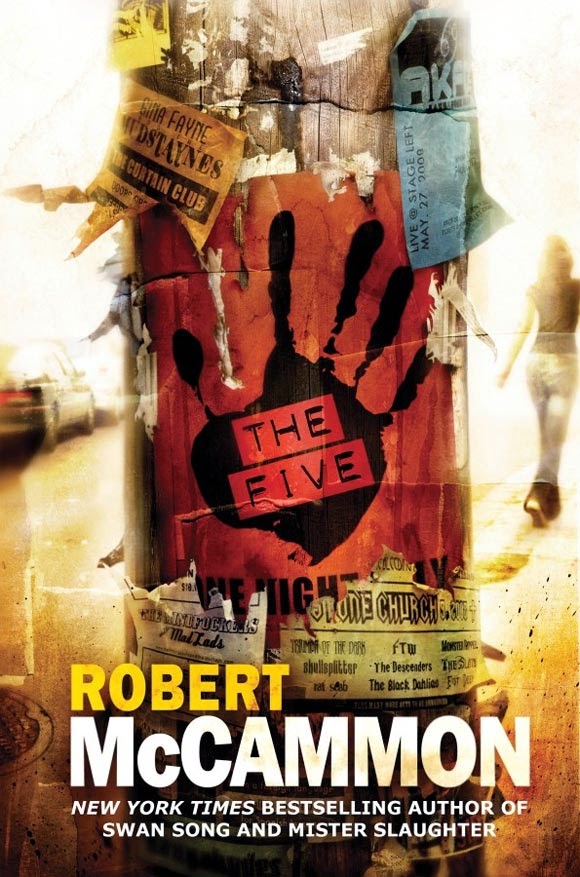Adobe – Houses, Software and The Five

 In my daily work life, I am a regular Adobe user. When I say regular, I mean daily. However, I had never paid any attention to the name until last week, when I finished another Robert McCammon novel. This one is called “The Five,” a story of an American rock band striving to survive on the fringes of the music industry. As they go on what may be their last tour across the American Southwest, a veteran marine sniper targets them because of a song that claims US soldiers are killing children in Iraq.The sniper, on the edge of suicide, believes he must settle the score.
In my daily work life, I am a regular Adobe user. When I say regular, I mean daily. However, I had never paid any attention to the name until last week, when I finished another Robert McCammon novel. This one is called “The Five,” a story of an American rock band striving to survive on the fringes of the music industry. As they go on what may be their last tour across the American Southwest, a veteran marine sniper targets them because of a song that claims US soldiers are killing children in Iraq.The sniper, on the edge of suicide, believes he must settle the score.
McCammon delves deep into the mystical, religious, and profound feelings afflicting people in this story. Core to the narrative is the need to write a final song and how a song can be so special that it changes lives. To this day, I have songs that I associate with times in my life, and hearing them brings back memories, visuals, and even smells.
One of the things that caught my attention was McCammon’s frequent mention of “adobe-styled buildings.” As a daily Adobe user, I wondered how on earth there could be a building style named the same as a software company.
Adobe-Style Buildings
An adobe-style construction is distinguished by the use of dried mud bricks, which are typically made by compressing a mixture of sand, clay and straw (or grass) with water and leaving it to dry in the sun. These homes often feature rustic, coarse exteriors and are prevalent in regions with arid climates, such as the American Southwest and parts of Mexico. They typically have thick earthen walls, flat roofs, and a focus on natural materials.
Common Origins
The Adobe software company and adobe-style buildings share a common origin: the word “adobe” itself. Both derive from the Arabic term “al-tub,” which means “the brick.” The software company adopted the name because it represented a solid foundation for creativity, much like the durable bricks used in traditional adobe construction.
The Power of Words and Personal Experiences
This exploration into the word “adobe” highlights how words can carry rich histories and multiple meanings. In McCammon’s novel, music holds a similar power, evoking deep memories and emotions. The stories we tell, whether through software or songs, are built on the foundations of our language, just like adobe bricks build strong, enduring homes.
As a passionate reader and writer, I find that understanding the origins and meanings of words can deepen our appreciation for both the language we use and the tools we rely on. Just as adobe bricks form the sturdy walls of homes, the words we choose build the stories we tell and the connections we make.



Leave a Reply